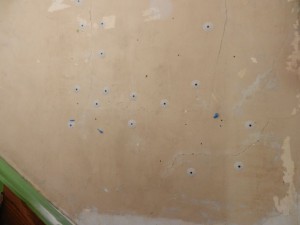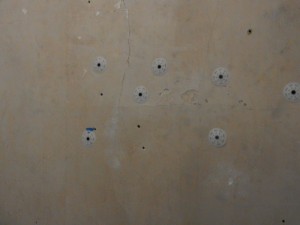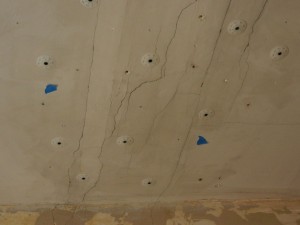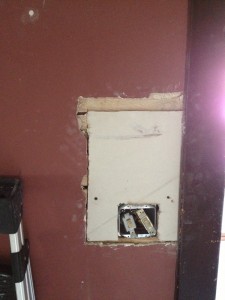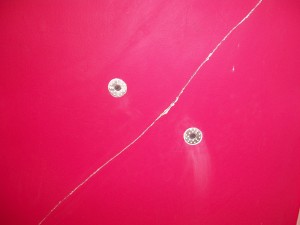During the course of a recent plaster restoration project, we ran into an unusual weather event in Chicago: two or three days of minus 15-degree temperatures! In a well-heated house, one might reasonably assume that it is safe to work on its interior surfaces. However, a recent experience has shown us otherwise.
Old houses were designed to “breathe”, allowing moisture to escape the house through its plaster walls. Moisture barriers and insulation had not come of age yet. As a consequence, the inside surfaces of the exterior walls can be very cold to the touch, in spite of very warm interior temperatures – check it out! During extreme cold temperatures like what we experienced last week in Chicago, these walls can actually be ice-cold! Much to our chagrin, we also discovered that such cold walls can seriously interfere with the plaster restoration work we do as painting and decorating contractors.
What we discovered is that the walls can be cold enough to cause the moisture in the patching materials to form small ice crystals and prevent those materials from dying and curing properly. Those materials normally generate their own heat, which helps the drying and curing process. The cold walls interfere with that process. Even though the surface of the patching material can appear and feel normal, it is not the case. Unfortunately, using a waterborne primer to prime over the patches can compound the problem by introducing additional moisture into the patches and the walls. The net result of this chain of events is that the primer does not properly adhere to the patches.
How did we discover this problem, you might ask? One of the rooms in which we were doing plaster restoration was being prepped for an expensive wallpaper installation. Because the walls were plaster and the paper of such quality, we specified that a colored liner be first installed. That was our lucky break since it allowed us to discover our problem BEFORE installing the Burrows paper: the liner paper failed within hours from installing it!
What happened here? As the paper dries, it shrinks a little bit and put strong pressure at the seams. If the primer has not bonded well to the substrate (like in our case), the shrinking paper will cause the primer to delaminate and the paper to come apart at the seams. Lessons learned: Do not patch plaster walls when outside temperatures fall below 20 degrees and use oil primer (sorry for the smells and VOCs) to seal the plaster to help keep the moisture from penetrating into the walls.
As craftsmen, we are on a never-ending quest to learn as much as we can from any situation we encounter and pass on that knowledge to all our clients and people like you, our blog readers.







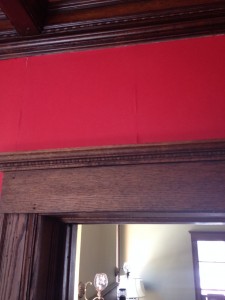
 Follow
Follow

